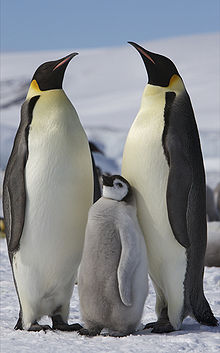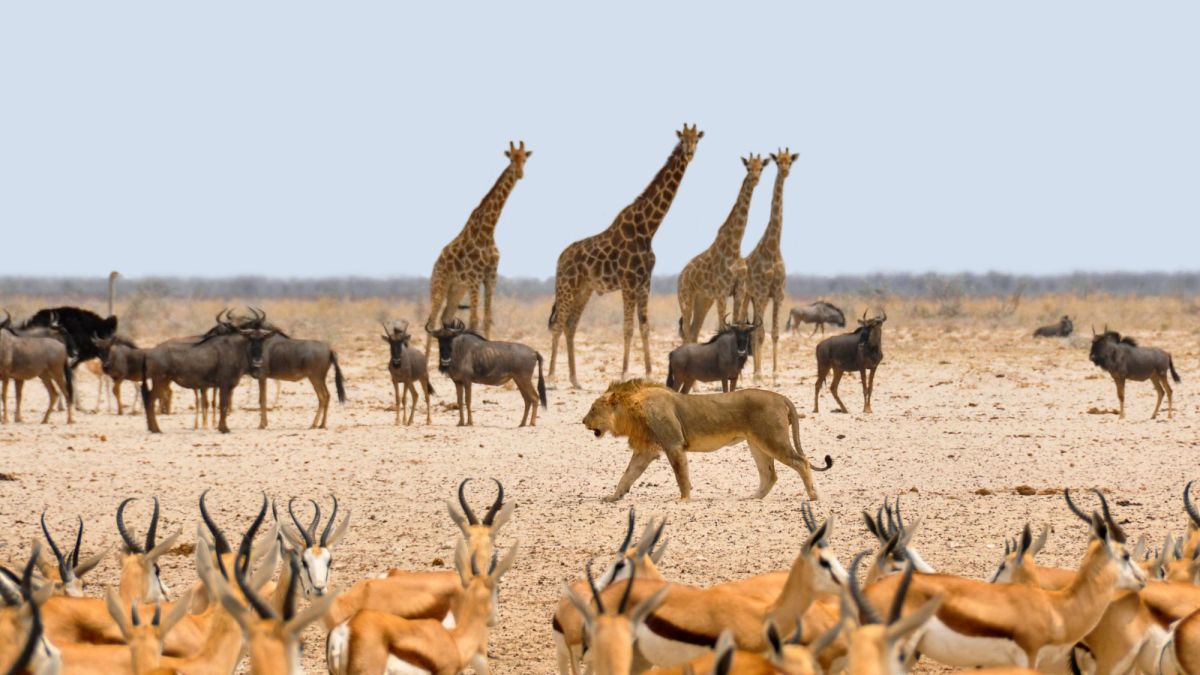Human Sexuality and the Animal Kingdom
Human Sexuality: A Brief Summary
Humans develop from a fertilized egg, which comes from a union with a sperm cell and an egg cell. The egg, provided by the female, is quite large, must mature, and is released once in a monthly cycle. Sperm is provided by the male, it is smaller, matures faster, and is released in large quantity—though only one sperm can fertilize an egg. After sexual fertilization the female will undergo an approximately nine month pregnancy until birth of an infant.
Variations
Egg and Sperm characteristics
: in humans there are many sperm and a single egg. This means one man can impregnate many females in a short time frame. Animal sexuality varies in both the timing and production reproductive cells. In some cases the eggs are as plentiful as the sperm (as in frogs) In this instance the point is to create as many fertilized eggs because parental involvement is rare or non-existent. Lots of eggs and little sperm might happen in a social insect environment, if one queen member has many males to fertilize her eggs to repopulate the colony.
Timing is important too. Sometimes it is an internal schedule and or times it is seasonal. This varies from animal to animal. Sexuality may take place on a seasonal time frame if the animal is highly attuned to the seasons (exhibits migration, hibernation, etc.).or if they have a traditional breeding grounds safe from predators which is not available year round (like the emperor penguin). In some cases there is not even a yearly time frame, a concept I’ll address next.
Semelparity and Iteroparity
In many cases the difference between human and animal sexuality is not just the timing of mating but how often an attempt is made. Some creatures mate once and then die. This is called semelparity and happens for a number of reasons. The mating might be so perilous or difficult. Salmon spawning is one example, where salmon go far upriver to make sure their eggs are in a position to grow before having to endure the salinity of the ocean. In other cases (in insects for example) the female will eat the male after copulation. Humans may have femme fatales but animal sexuality can be quite dangerous in comparison.
Mating in Penguins

R-selection and K-selection
A great deal of the intricacies of human and animal sexuality occur because there are two competing strategies for survival and reproduction, which scientists call r-selection and k-selection. In r-selection the drive is to produce as many offspring as possible on the chance that some will survive. Parental care can be present, but it might be completely absent. In k-selection there might not be too many offspring but they are shown great care. Humans probably take the cake for K-selectors depending on circumstance (the rich get richer and the poor get children). In animal sexuality factors such as natural predators encourage more r-directed reproduction, because even a well tended prey animal can still be caught.
Sexual Politics
At last, we arrive at a most difficult topic, the differences between the sexes. In both human and animal sexuality, behavior among the sexes can vary based on differences in reproductive strategy. Male reproductive anatomy is capable of being much more r-selecting than a female’s. While a woman is just as capable as having as many partners and sessions as a man, the man will likely have more children as a result. It is possible for a man to have a child and never know it (pure r-selection). A woman on the other hand has to deal with a nine month pregnancy, and often a period of nursing. This difference is probably always going bring some tension to human sexuality.
Animal sexuality is also fraught with gendered behavior. In lions for example, mom pretty much does all the work. Not only does she bear and nurse, she’s also the breadwinner who comes home with a kill. The men just lie around with the kids. But dad has a rather important job. Dad has to defend his cubs to the death from other aggressive male lions that are competing with him for access to females. Once a new lion enters the pride, he kills all the previous cubs and mates with the females in the pride thus establishing his own harem.
It would be unfair not to note however, that animal sexuality has many more arrangements than harems. In the case of chimps, for example, it is in the female’s best interest to hide her child’s paternity for its own protection from other chimps, which is to say she mates with every male in the troupe.
Human Sexuality, Revisited
Animal sexuality shows great variation. Human sexuality is by nature interesting. Because of its hidden monthly cycle (no obvious cues of ovulation) it is quite active. The results of copulation are profound given the investment needed by a child, one would imagine a great deal of caution would go into it. But then plenty of us humans wouldn’t be around it that was the case. Animal sexuality can differ drastically from the human example, from timing to investment in offspring to sexual politics. Human sexuality is unique in some ways, but as the proverb goes, there are many fish in the sea.
Here's some fun information on some of the bizarre birthing habits of animals








